With every project, our team welcomes new challenges. Often a client doesn’t need a conventional, custom solution—a standardized, pre-engineered system would work better. That’s what Symphoni™ is all about: an innovative, standardized, digital assembly platform that is fast, flexible, and precise. Every Symphoni machine is configured from pre-tested, pre-verified, plug-n-play building blocks and standard control software called “Servo Apps.”
In this use case study, Neil Rowland walks us through Symphoni’s integral role in assembling a medical cartridge with an O-ring. Note: for confidentiality purposes, this customer has been given the pseudo name, Titan.
For more information about Symphoni and what it can do to meet your assembly needs, please contact us directly at: SymphoniTech@ATSautomation.com

Please introduce yourself.
Hi, my name is Neil Roland. I’m a senior project manager at ATS Life Sciences, working on CapEx projects.
Why did the customer choose Symphoni as part of this assembly line?
The Symphoni cells are at the front end of a very large and complex assembly line, making 40-50 medical device per minute. The two Symphoni cells assemble two 0-rings into a medical cartridge at 210 parts per minutes. These sub-assemblies are then assembled into the final product.
Symphoni has significantly smaller footprint and has higher output. For this specific subassembly, Symphoni was the right solution.
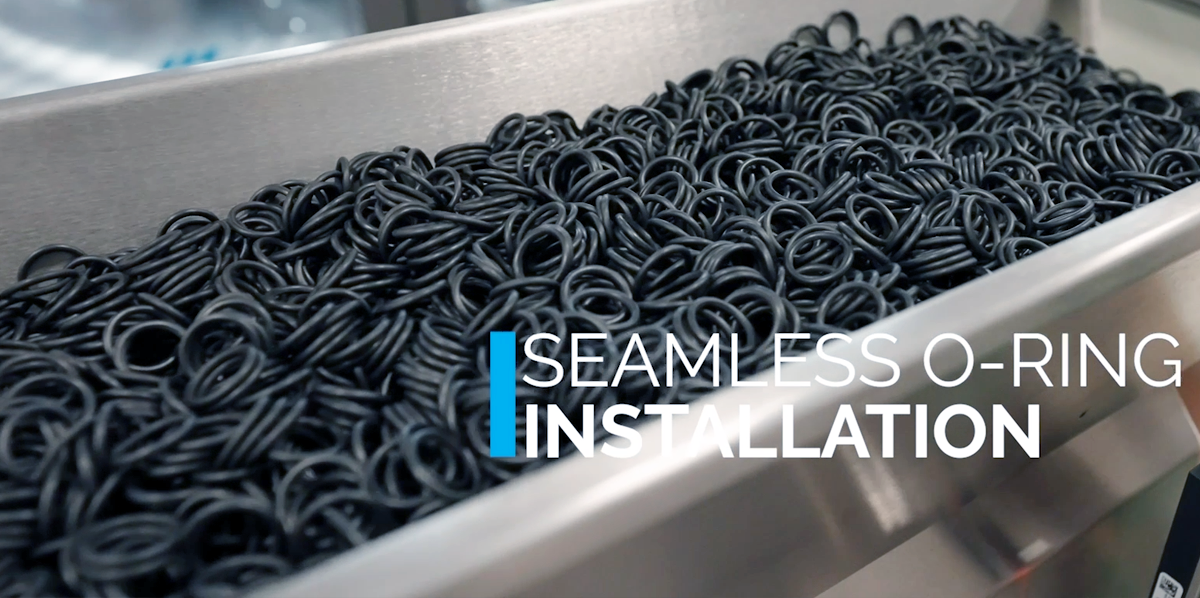
Can you describe the different Symphoni assembly stations?
The first station is where the cylinders get loaded into the dial from the feeder in a 2-up configuration, picked by the RSM Arm and put onto the pallet where they get ready to move to the second station. Symphoni makes it easy to integrate third-party feeders to feed parts into the line. It does the difficult task of parts orientation once the parts arrive from the feeders.
Then, a pair of O-rings are installed onto each cylinder and get fed into another dial, again in a 2-up configuration. We install the O-ring on the bottom of the cylinder and in the second station a RSM Arm installs the O-ring onto the top groove of the cylinder.
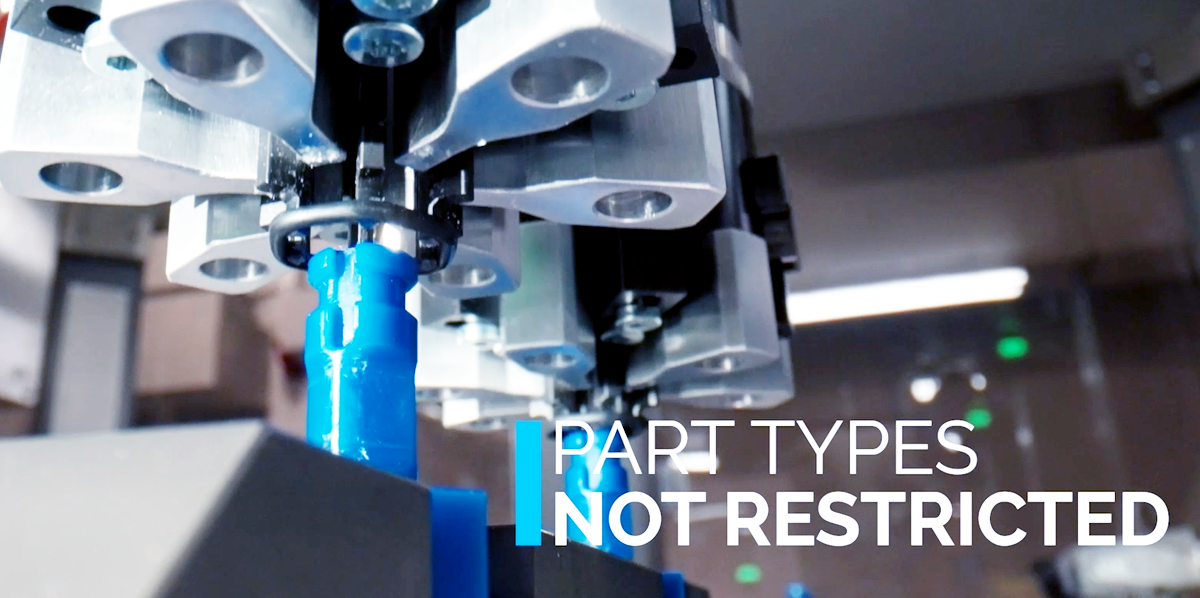
The third station is a vision and quality check station that ensures an O-ring is present on the top and bottom of the cylinders. It also ensures that the cylinder is fed into the tray in the proper configuration. Any rejected parts will be documented and removed into the reject bin below.
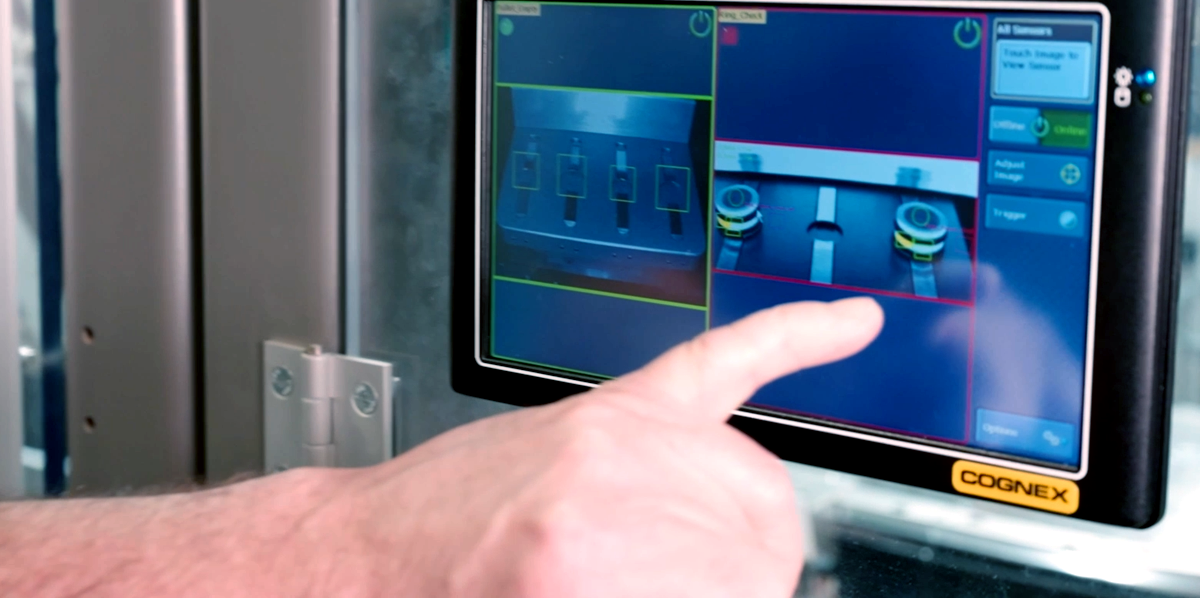
The last station is the outfeed conveyor. We outfeed off of the dial in a 2-up configuration onto a puck conveyor that allows us to convey the finished part out to a tray handler and populate trays for use on the subsequent cell. Then we ensure the nest is empty before we bring it around to the dial on the far side and load through again.
What are some key features that make Symphoni exceptional?
For one thing, it’s very easy, simple and intuitive to change the rate on the Symphoni HMI: you simply select the rate via keypad or use the slider. This adjustment on the fly allows the customer, with minimal interruption, to troubleshoot assembly issues.
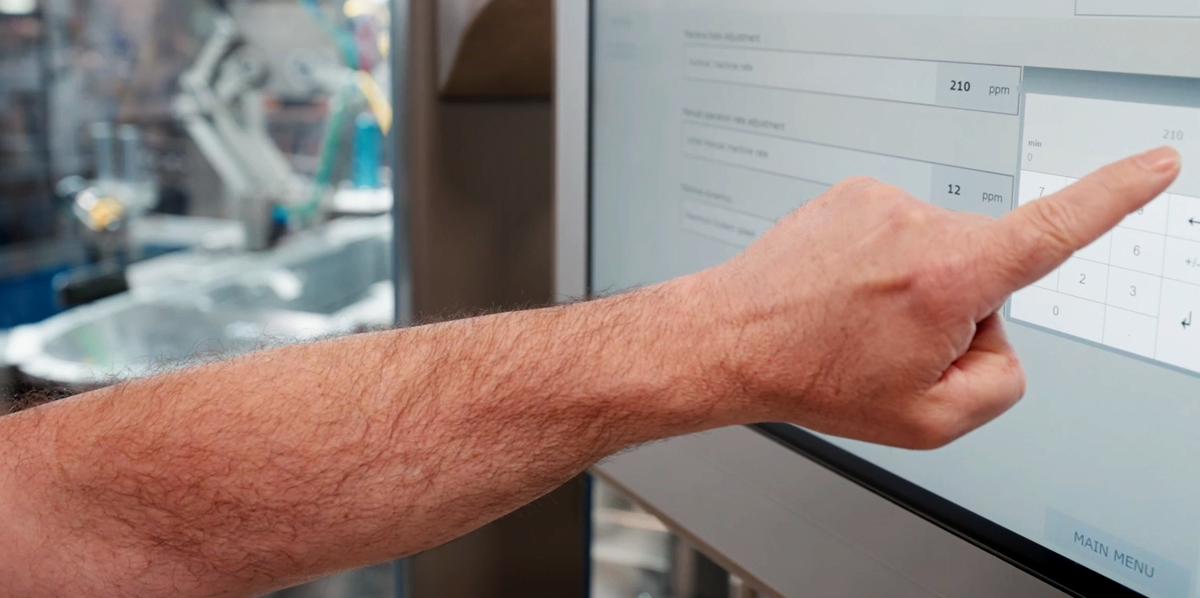
One other thing that makes Symphoni exceptional is the simplicity of the RSM Arm, which remains efficient at high speeds. You can also change part heights, so it’s not restricted to a single part type.
Finally, everything about Symphoni is efficient: with time, with parts, with motions, and with space. The result is a system that is lean but fast and precise.
Bottom line, what does Symphoni achieve as part of the Titan assembly line?
Symphoni is part of the front end of an assembly line to produce a medical device. Symphoni is a high-speed, compact, cost-effective solution that produce a product that saves lives.
That’s a big part of what we do here at ATS. Our machines make products that truly help people. I’m proud of that.
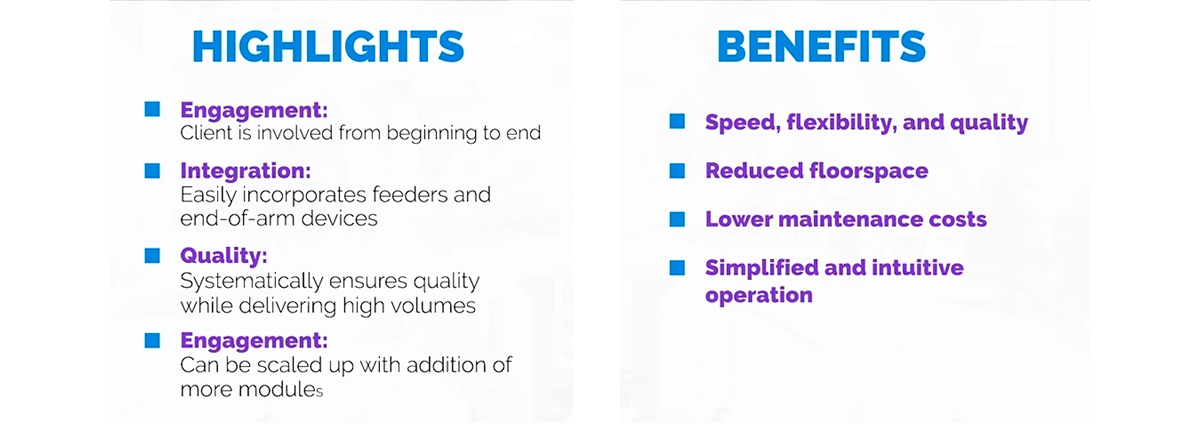
Want to learn more?
- For more information about Symphoni and what it can do to meet your assembly needs, please contact us directly at: SymphoniTech@ATSautomation.com
- Sign-Up for our Quarterly Newsletter.
- Connect with us @SymphoniTech on LinkedIn, YouTube, Twitter and Facebook.
